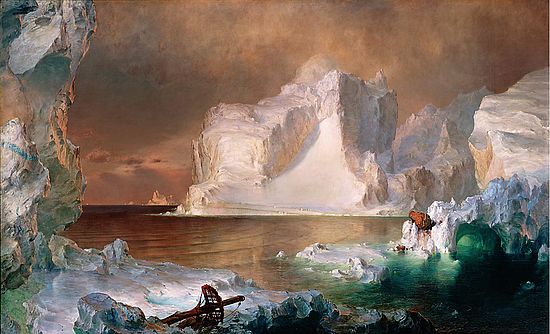Dr. Matthew Birkhold
NOMIS-FellowNOMIS-Fellow
Rheinsprung 9/11
4051 Basel
Schweiz
Curriculum Vitae
Matthew H. Birkhold is a 2025 NOMIS Fellow and associate professor at the Ohio State University in Columbus, Ohio (United States).
Born in the United States, Birkhold studied German literature and art history at the Freie Universität Berlin (Germany) and Columbia University (USA), earning his BA from the latter in 2008. He earned his JD from Columbia Law School (USA) in 2015 and studied law at the Humboldt-Universität zu Berlin (Germany) as a Fulbright recipient. Birkhold completed his PhD in German in 2016 from Princeton University (USA). After working as an attorney-adviser for the U.S. Department of State, Birkhold joined the Ohio State University in 2016 and was promoted to associate professor in 2020.
Current Project
During his NOMIS fellowship, Birkhold will work on a new book project, The Melting Sublime. This project analyzes law, culture, and aesthetics at the globe’s poles. Throughout the polar world in particular, aesthetics play a key role in legal environmental safeguards. But as our world and its climate rapidly change, conceptual foundations of “the aesthetic” are quickly disappearing, too. As the poles shed thousands of icebergs and mud pools on once-pristine Arctic and Antarctic shores, as research stations and debris proliferate, what aesthetic value will remain? If aesthetics encompass only traditional notions of the beautiful and the sublime, environmental law’s aesthetic grounds will supply dwindling protections for a landscape marred by climate change. As the poles and their legal aesthetic protections melt, we must articulate a new conception of aesthetics that will endure in the Anthropocene. The Melting Sublime will document past environmental law successes and its snowballing shortcomings. Additionally, it will posit a new aesthetic analytic to reinvigorate these dimensions of environmental law: “the melting sublime.” It does so by analyzing the shifting representation of icebergs from Captain Cook’s eighteenth-century dairies to Ivinguak Stork Høegh’s contemporary digital photo collages. “The melting sublime” captures not the familiar, uplifting experience of Kant’s sublime, in which nature’s monumentality momentarily overwhelms the subject who thereby realizes humankind’s superiority over the natural world. The melting sublime, by contrast, tracks a sinking feeling.
Quick Links

